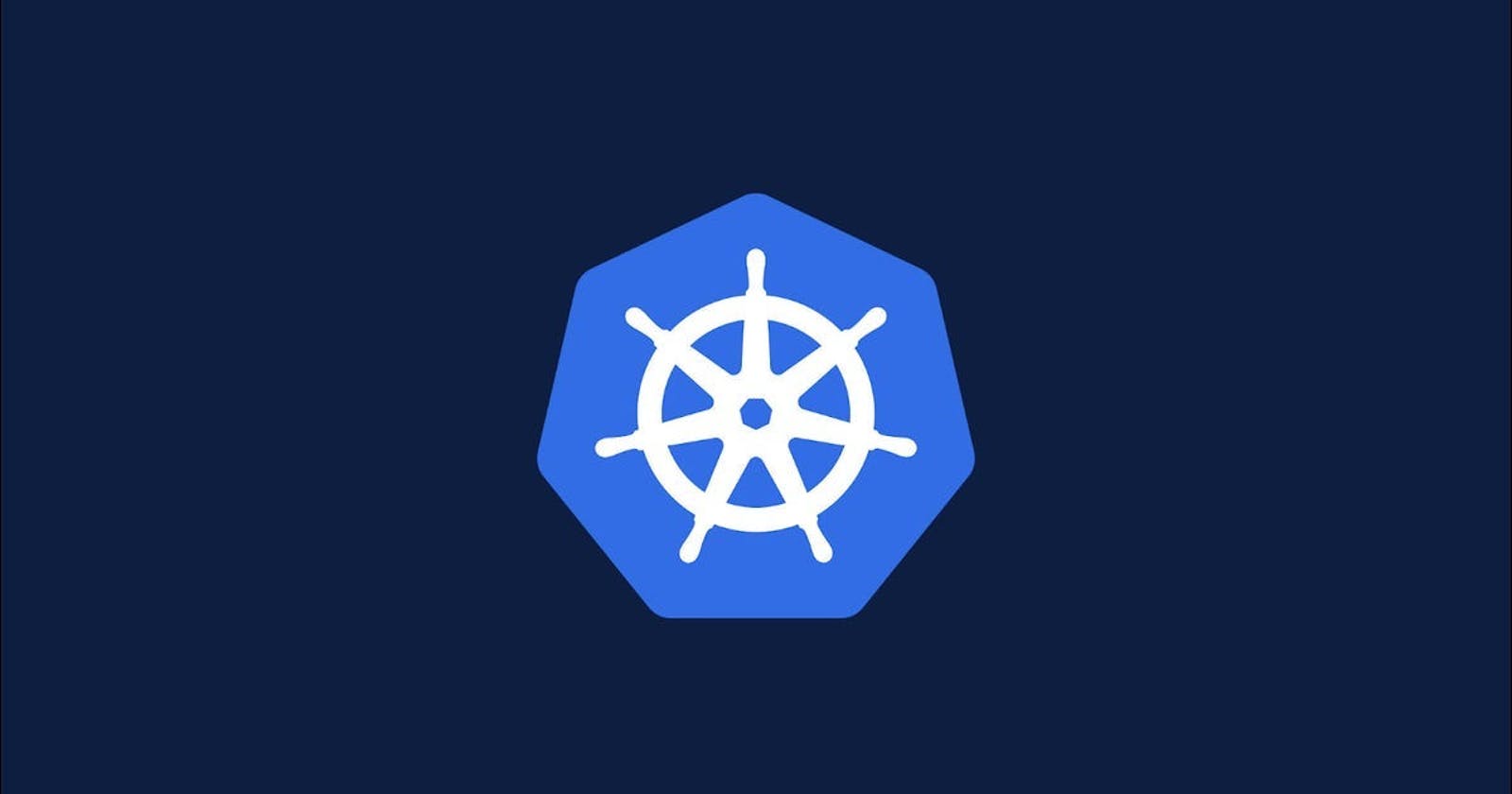Kubernetes is a popular open-source container orchestration system that is used to manage and deploy containerized applications. It was developed by Google and has now become a leading platform for automating the deployment, scaling, and management of containerized applications. In this article, we will explore the basics of Kubernetes and how it works.
What is Kubernetes?
Kubernetes is a container orchestration system that allows users to manage and deploy containerized applications. It automates the process of deploying, scaling, and managing containerized applications across multiple hosts. Kubernetes provides a platform for containerized applications to be run in a production environment. It ensures that the application is available, scalable, and secure.
How does Kubernetes work?
Kubernetes works by deploying containerized applications to a cluster of nodes. A node is a physical or virtual machine that is running a container runtime such as Docker. Kubernetes manages the deployment and scaling of the containers across the nodes in the cluster. It ensures that the containers are running, and if they fail, Kubernetes will automatically restart them.
Kubernetes has several key components that work together to provide a platform for deploying and managing containerized applications. These components include:
Master Node: The master node is the control plane that manages the cluster. It runs the Kubernetes API server, etcd (a distributed key-value store), and Kubernetes Controller Manager. The API server is front-end for Kubernetes and provides a REST API for managing the cluster. The etcd store is used to store the state of the cluster, and the controller manager is responsible for maintaining the desired state of the cluster.
Worker Node: The worker node is the worker machine that runs the containers. It has a container runtime such as Docker and a kubelet, which is an agent that runs on the worker node and communicates with the master node. Kubelet is responsible for managing the containers on the worker node.
Pods: A pod is the smallest unit of deployment in Kubernetes. It is a logical host for one or more containers. Pods are deployed to worker nodes and can be scheduled and managed by Kubernetes.
Services: A service is an abstraction that defines a set of pods and how they can be accessed. Services provide a stable IP address and DNS name for a set of pods. This allows other applications to access the pods using a single IP address and DNS name.
Why use Kubernetes?
Kubernetes provides several benefits for deploying and managing containerized applications. These benefits include:
Scalability: Kubernetes makes it easy to scale containerized applications up or down depending on demand. It provides automated scaling based on resource utilization and can automatically add or remove containers as needed.
Availability: Kubernetes ensures that containerized applications are always available by automatically restarting containers if they fail. It also provides automated failover for applications that require high availability.
Security: Kubernetes provides several security features for containerized applications, such as network policies and access control. It also provides secret management to securely store and manage sensitive information.
Conclusion
Kubernetes is a powerful tool for deploying and managing containerized applications. It provides a platform for automating the deployment, scaling, and management of containerized applications across multiple hosts. Kubernetes has become a leading platform for container orchestration and is used by many organizations to run their production workloads. Understanding the basics of Kubernetes is essential for anyone looking to deploy and manage containerized applications at scale.

